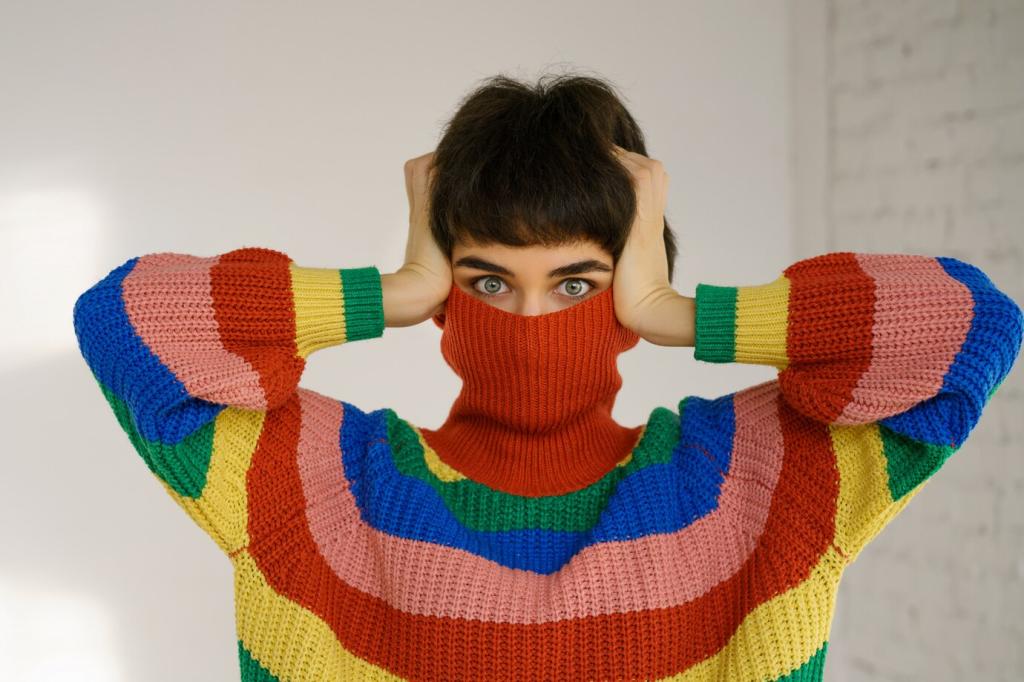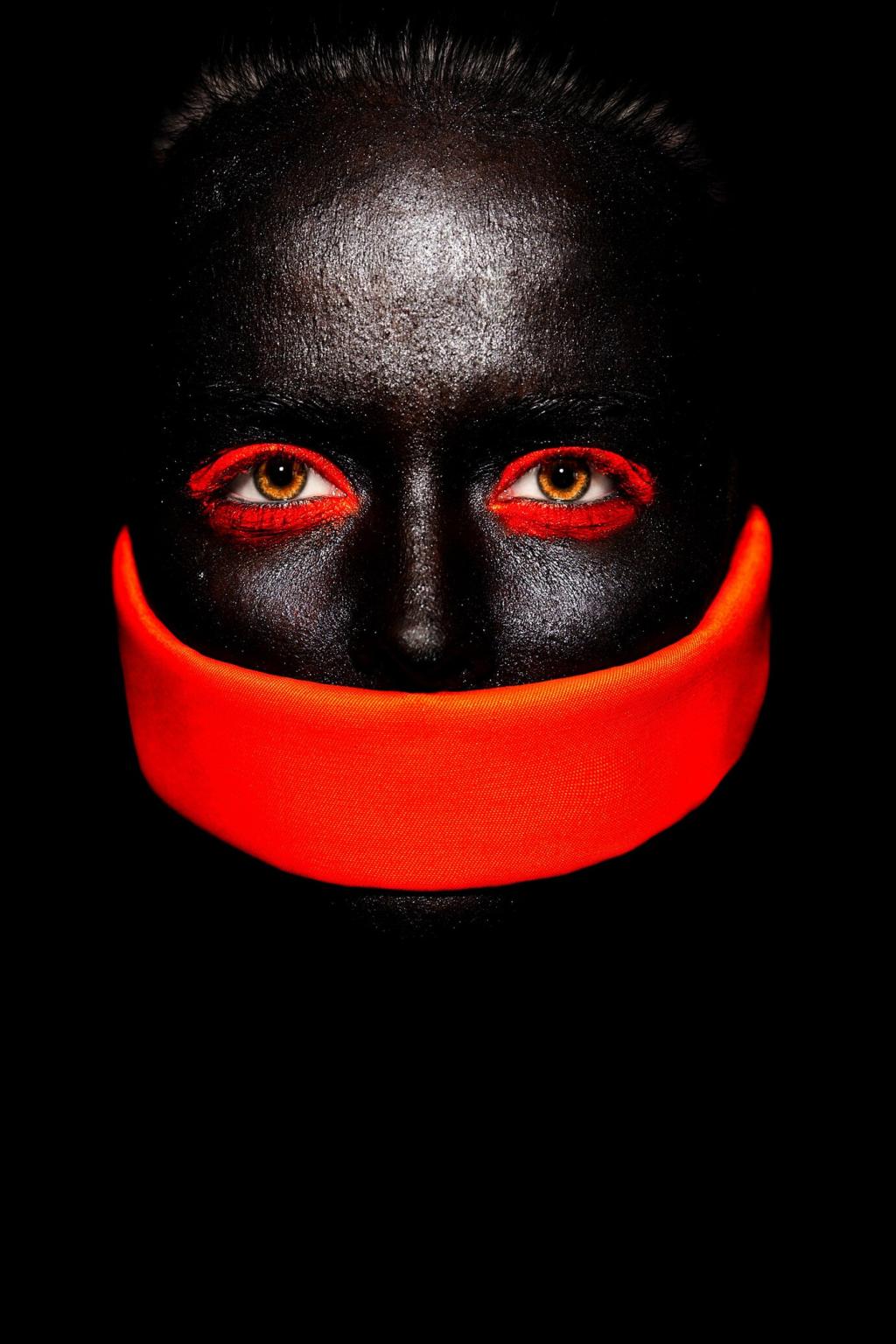Origins and Meaning: How Abstraction Found a Cultural Voice
Abstract art distilled patterns from folklore, calligraphy, and sacred geometry into expressive systems, transforming ornament into meaning. This shift allowed communities to preserve cultural memory while inventing new visual vocabularies beyond imitation.
Origins and Meaning: How Abstraction Found a Cultural Voice
Artists like Kandinsky and Hilma af Klint connected color and form with music and mysticism, suggesting paintings could resonate like symphonies. Their ideas empowered viewers to feel culture rather than simply recognize it.



